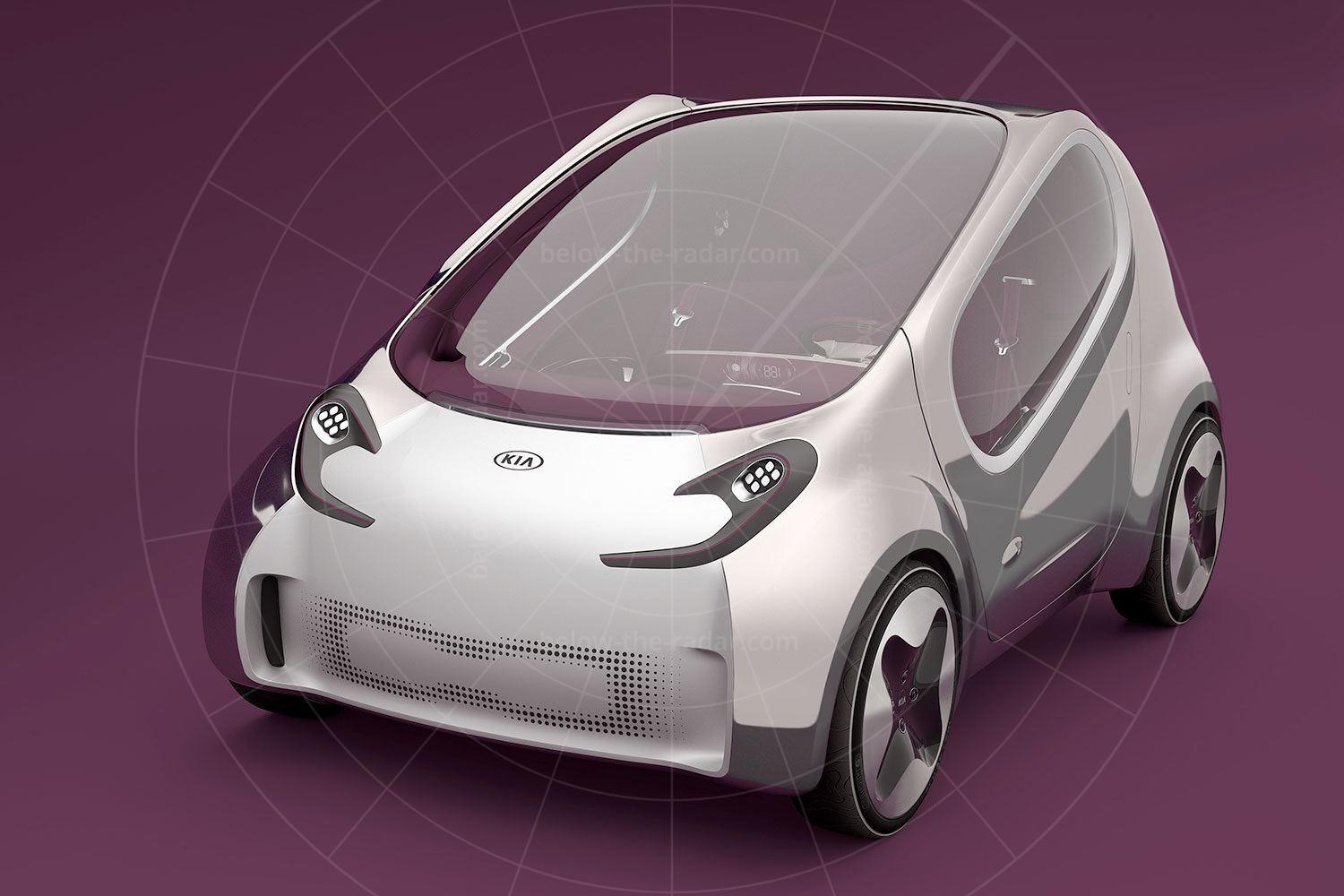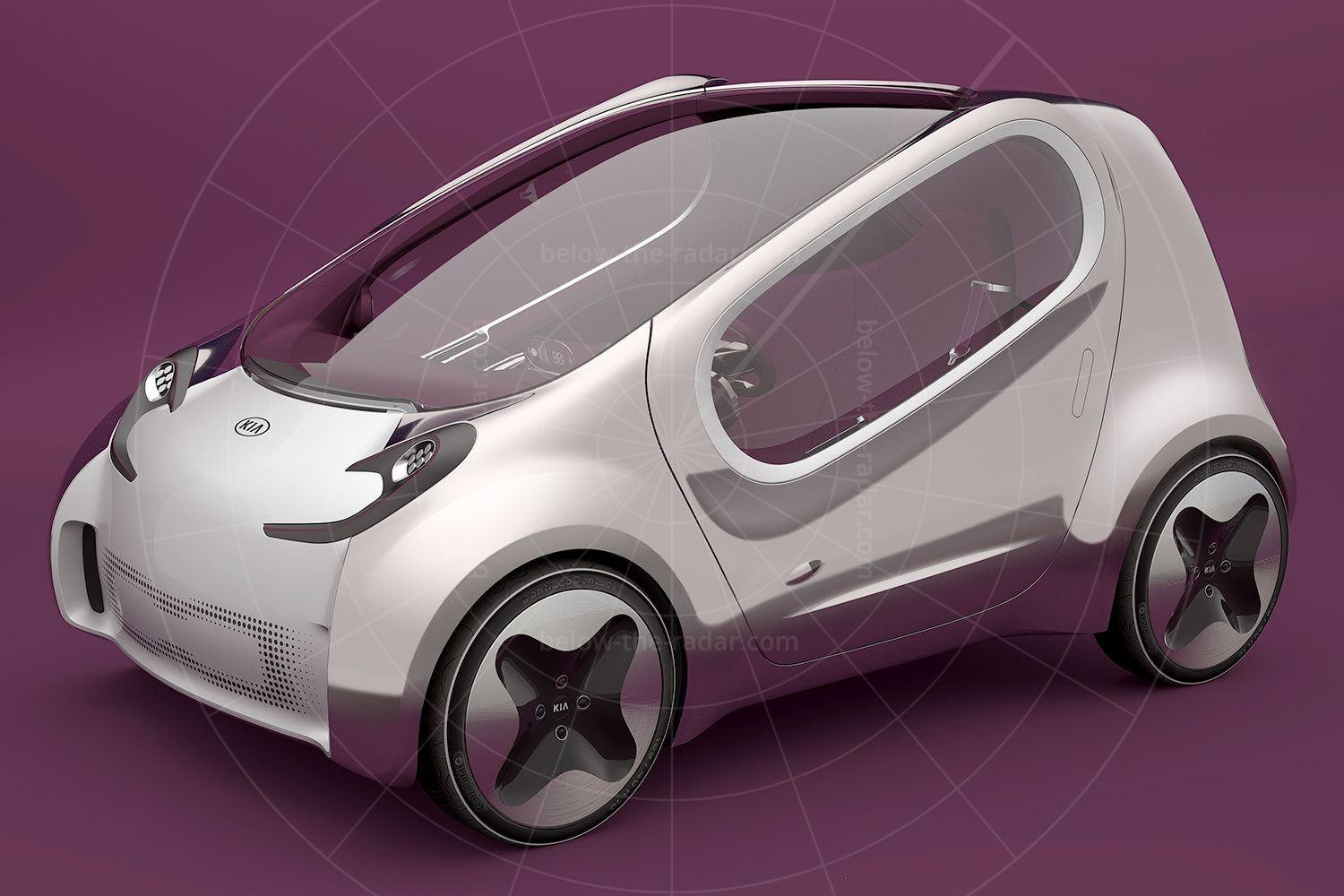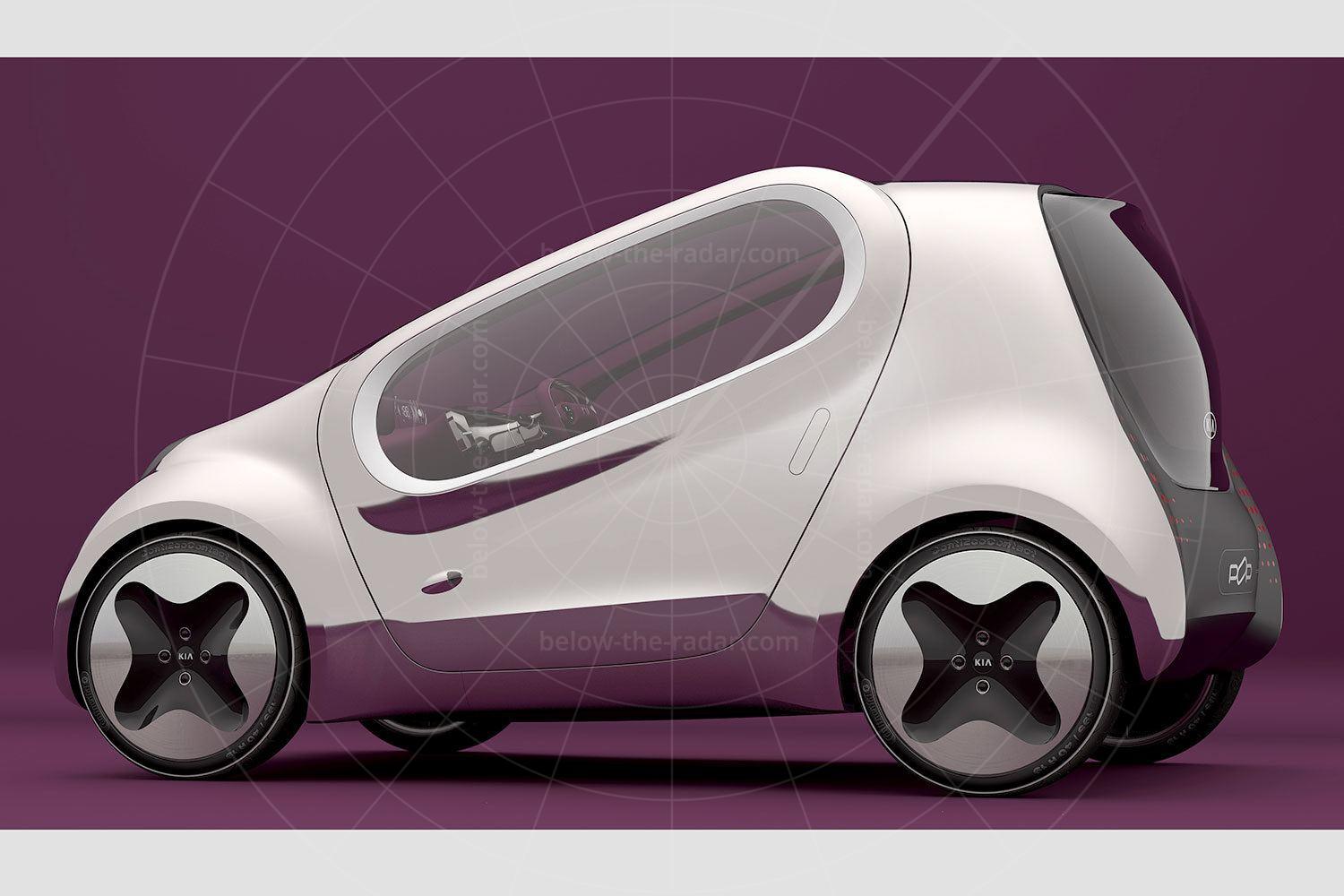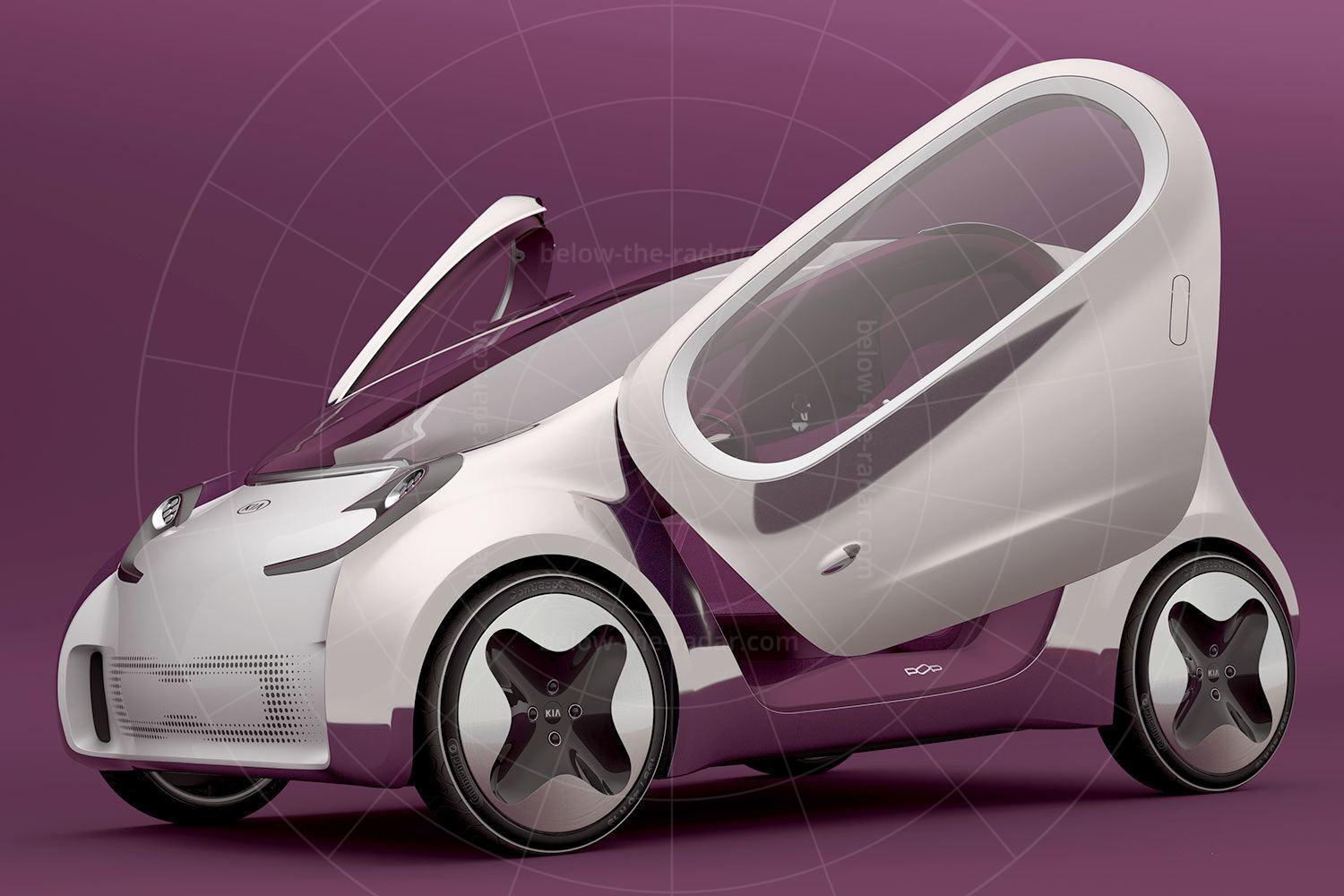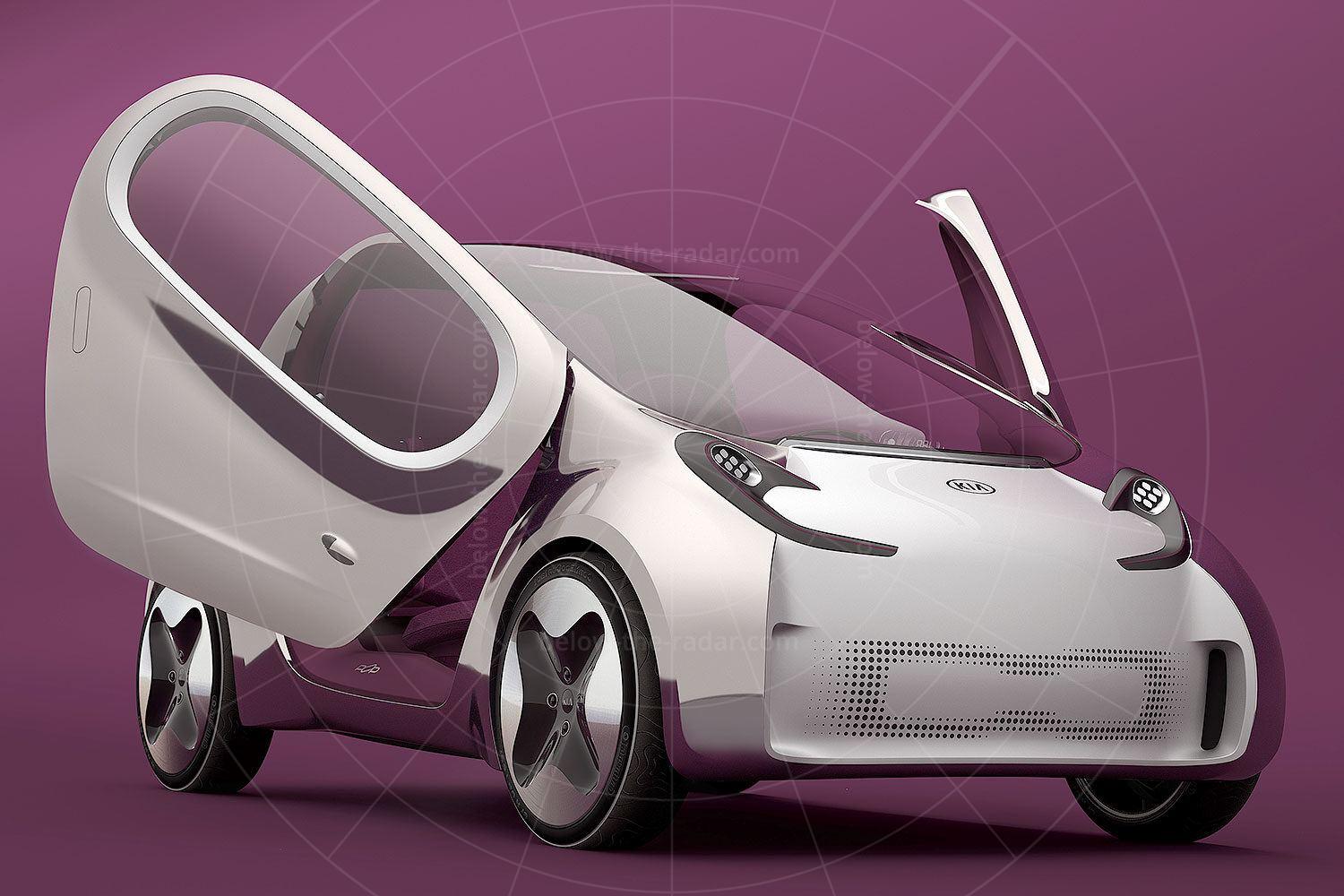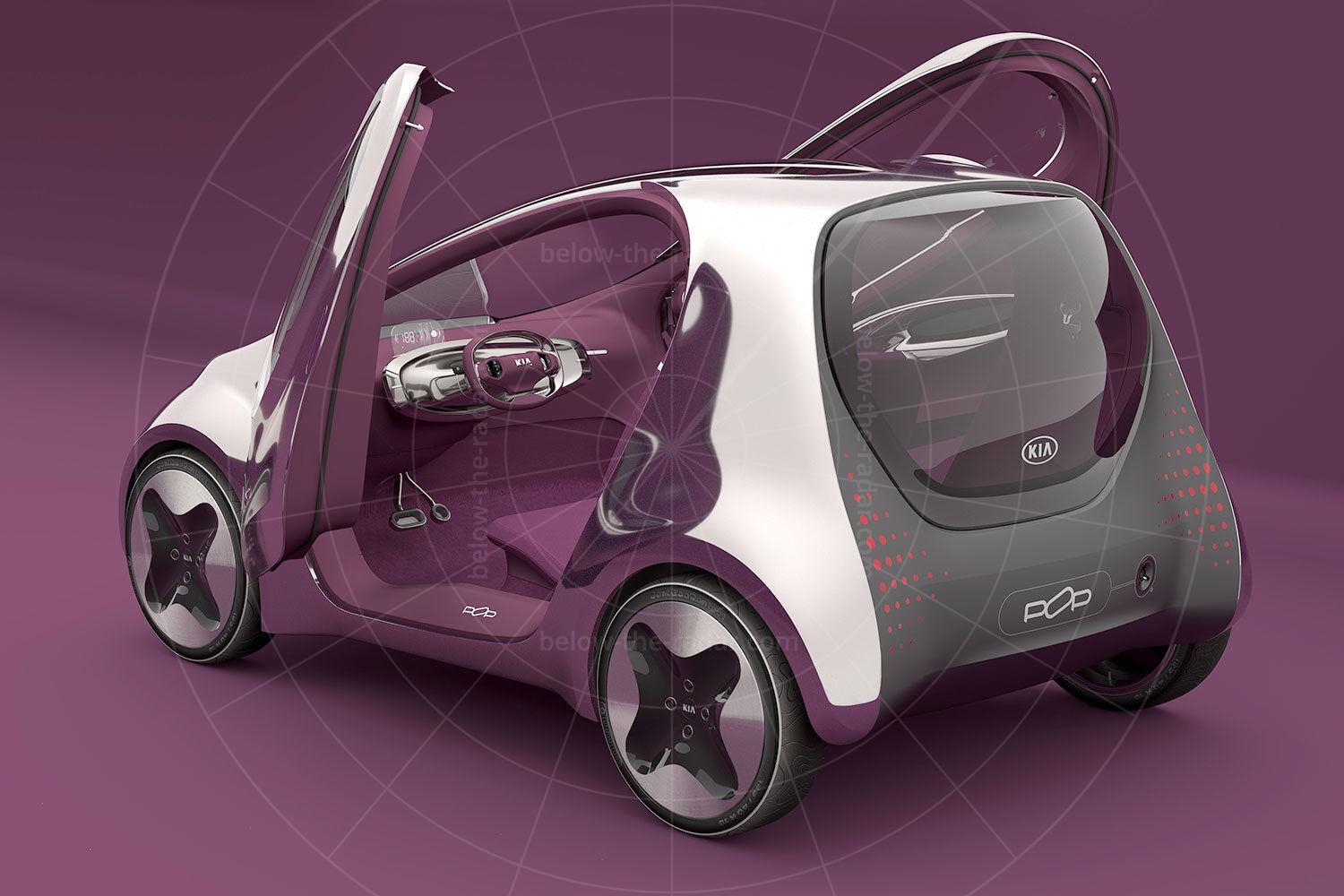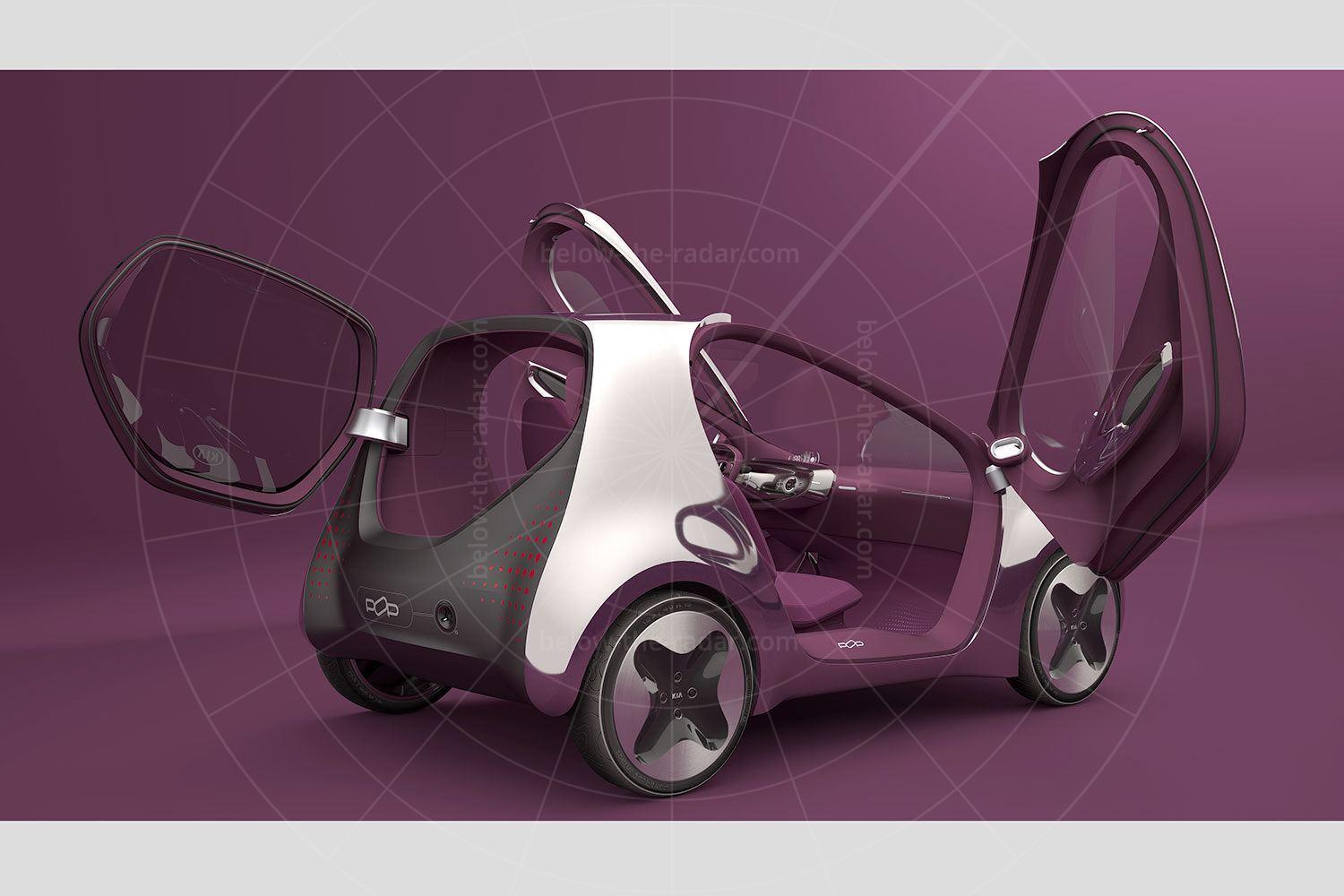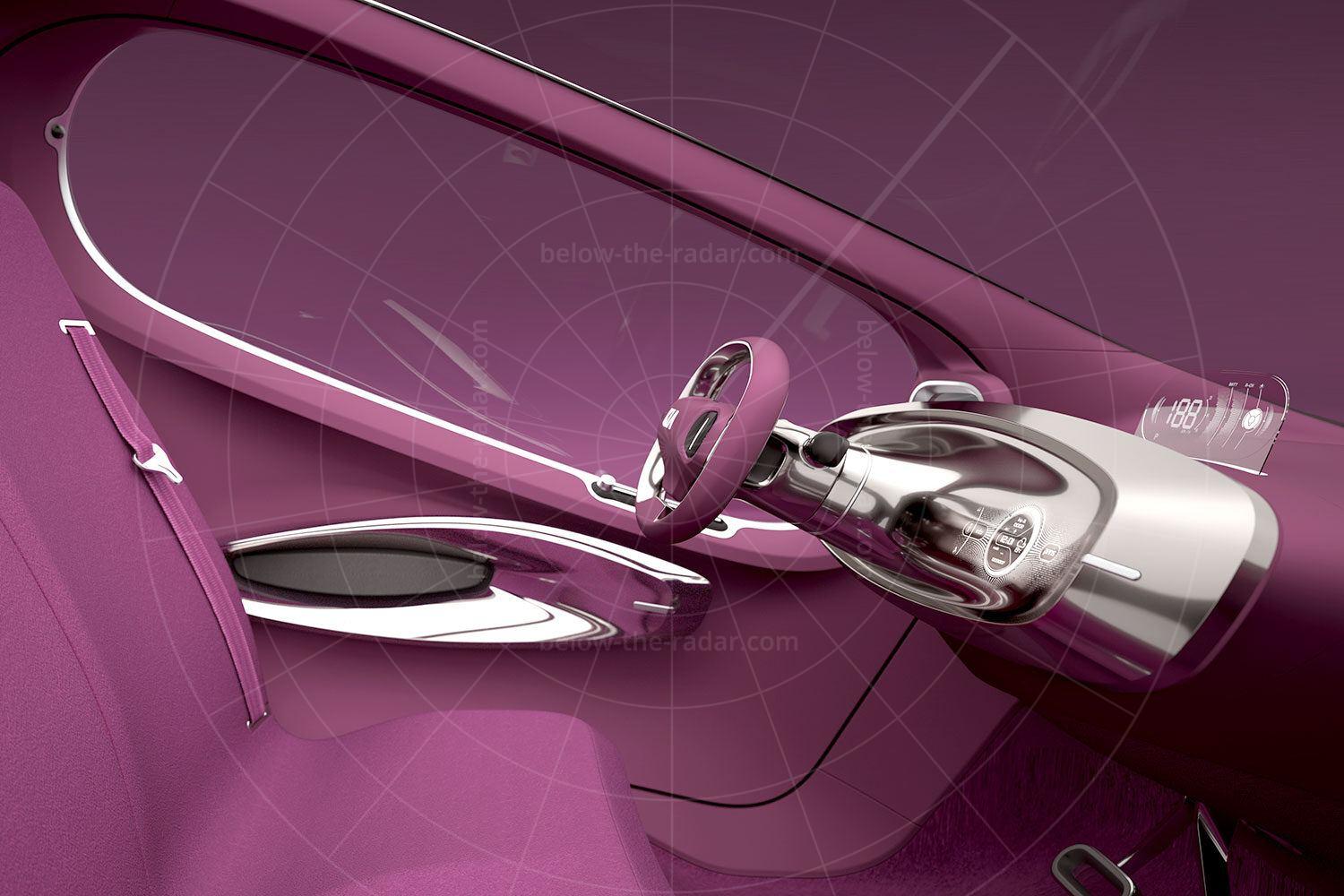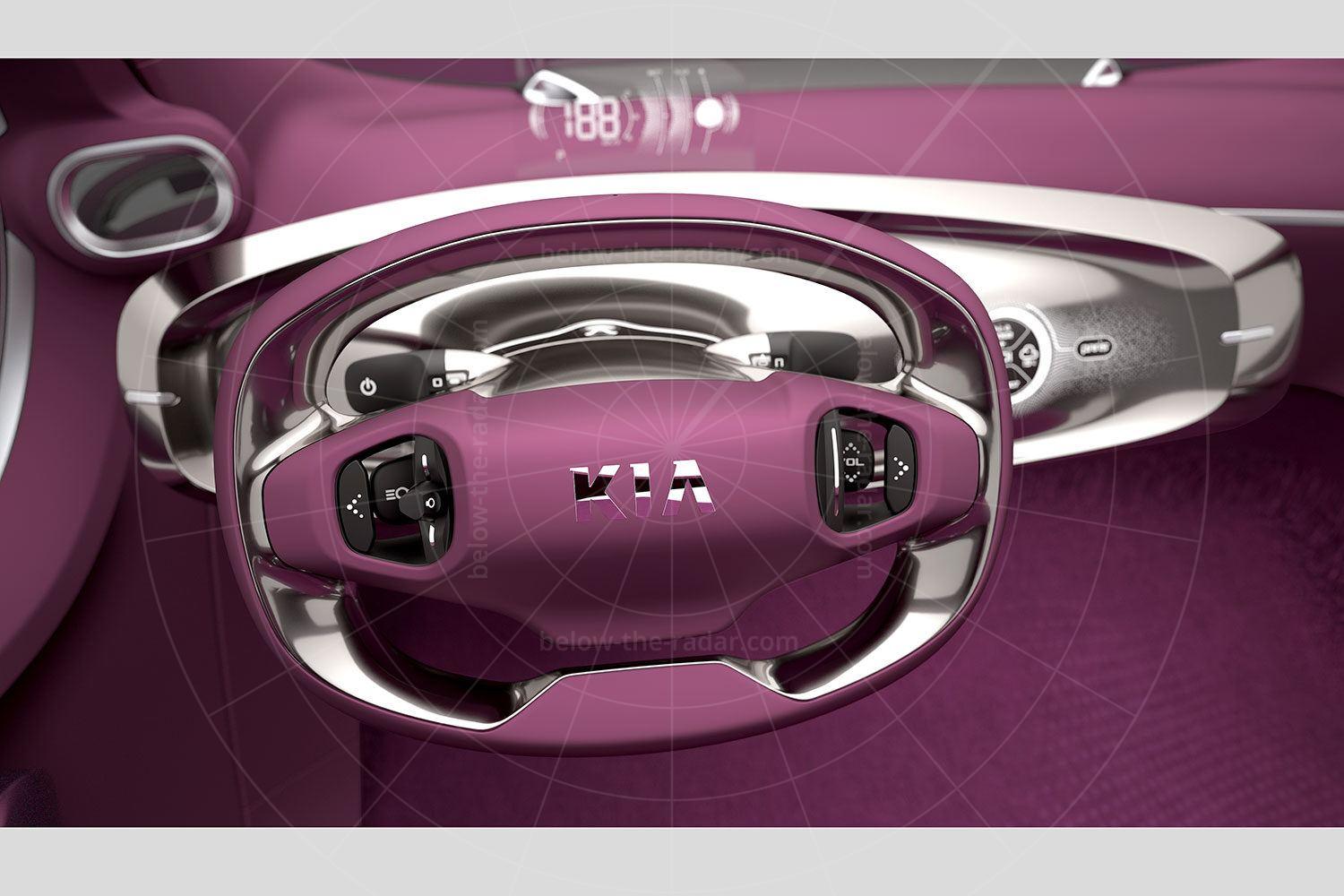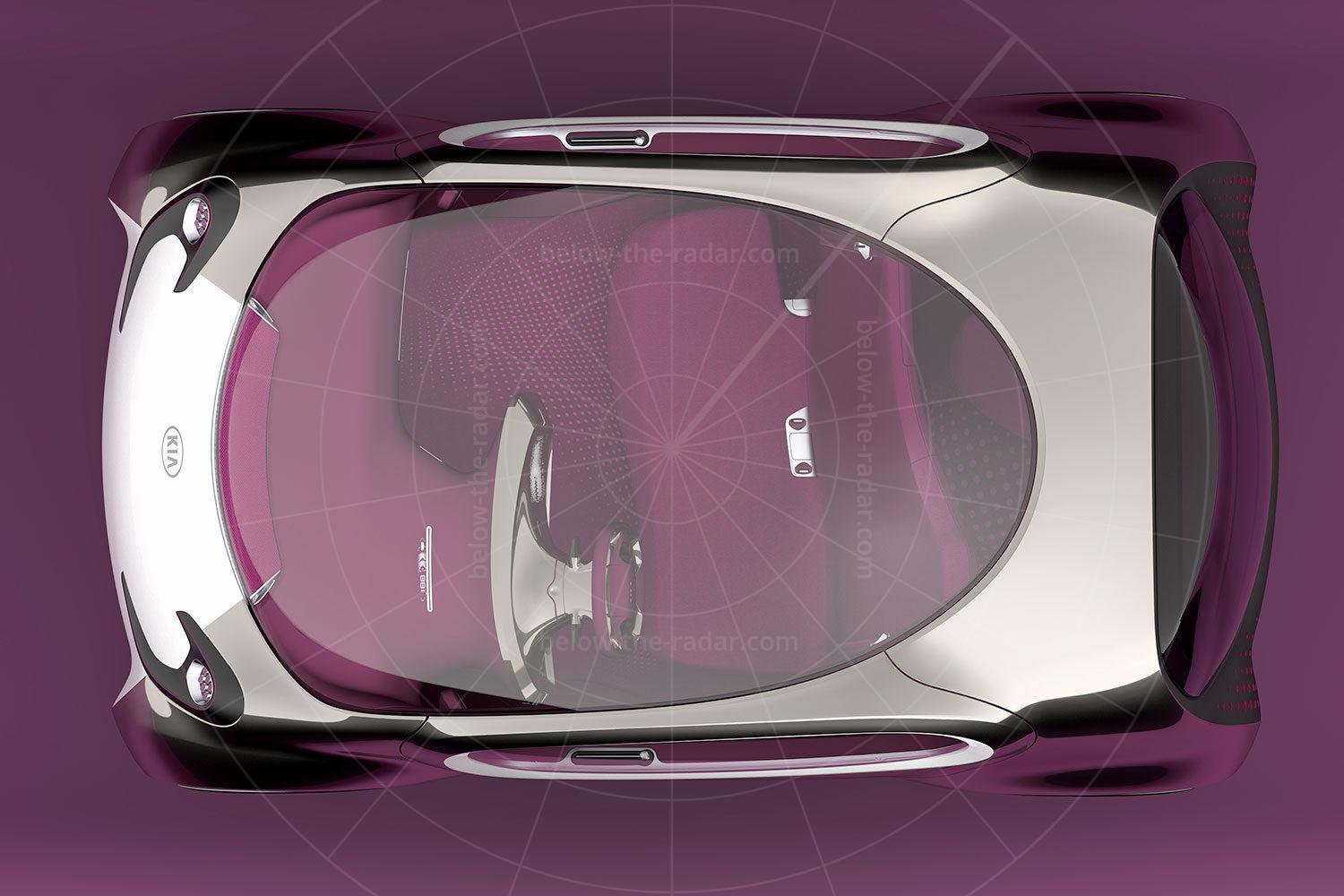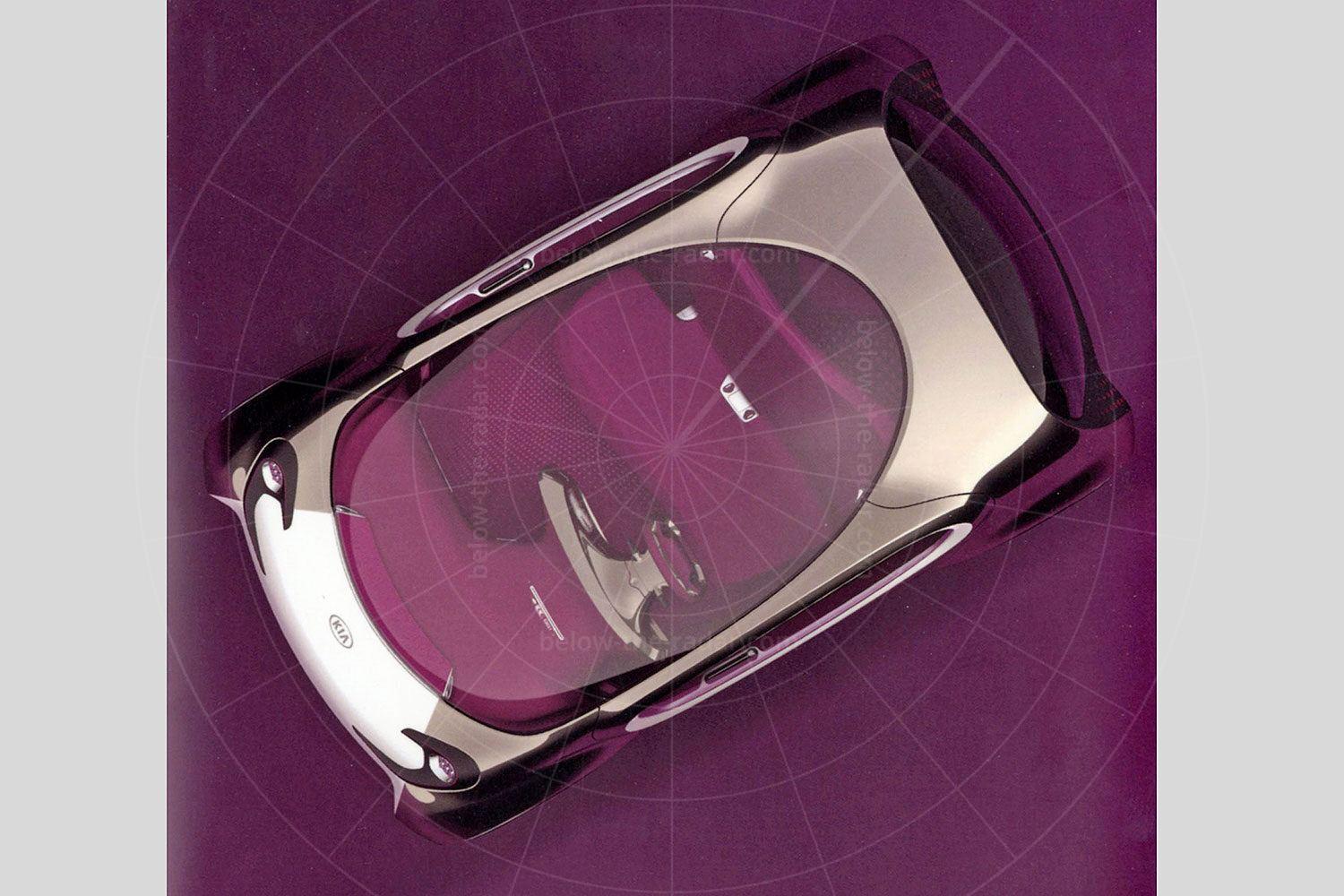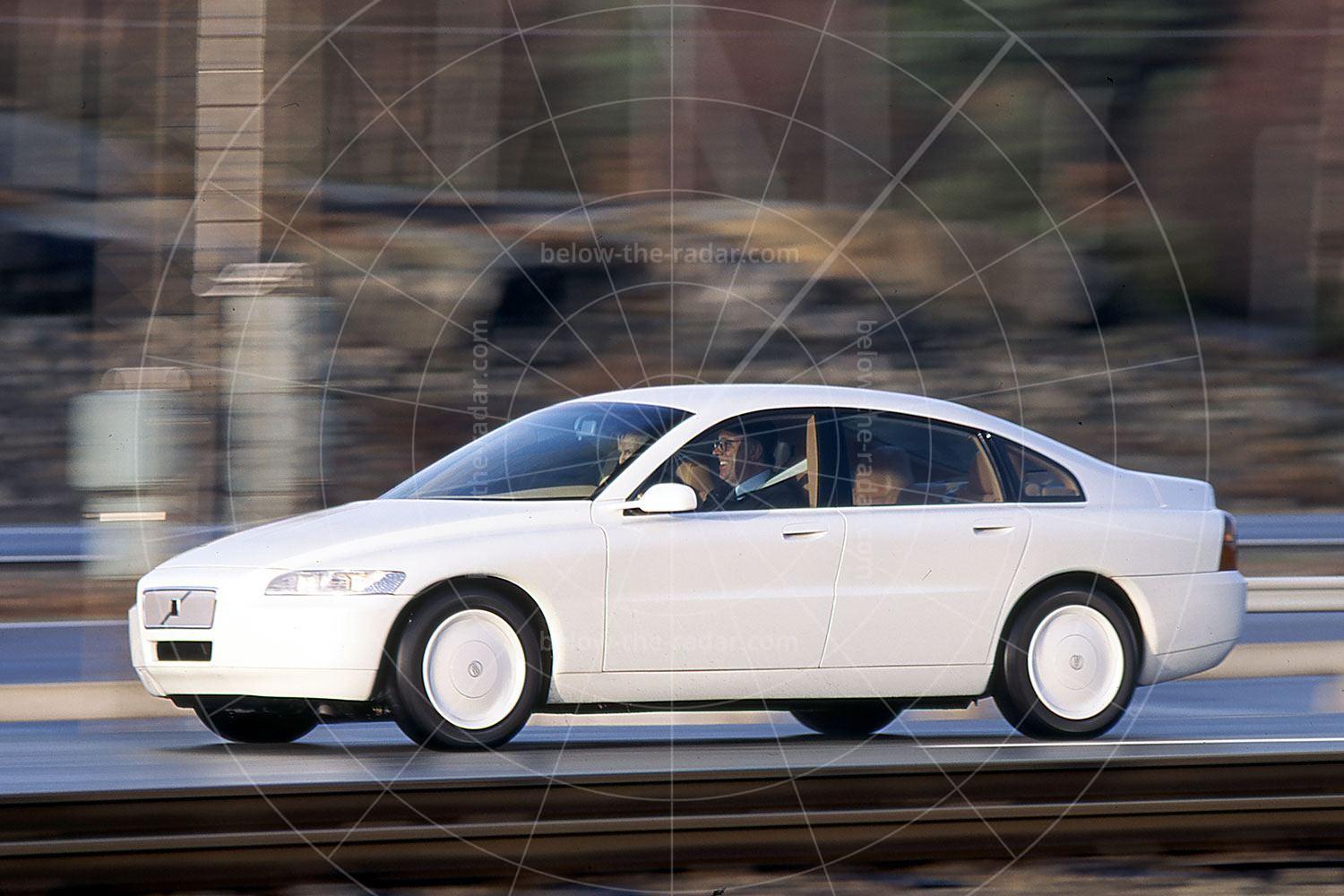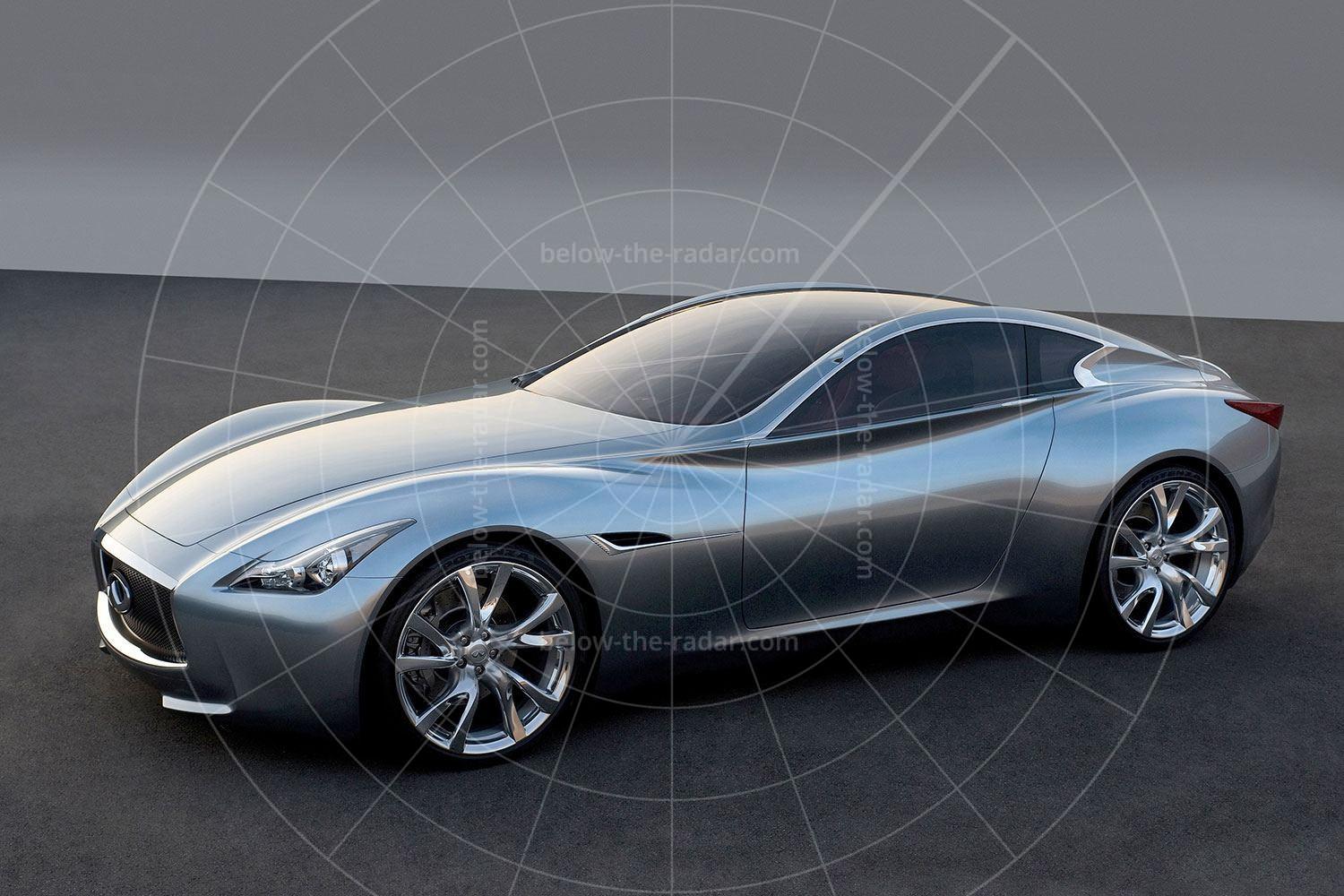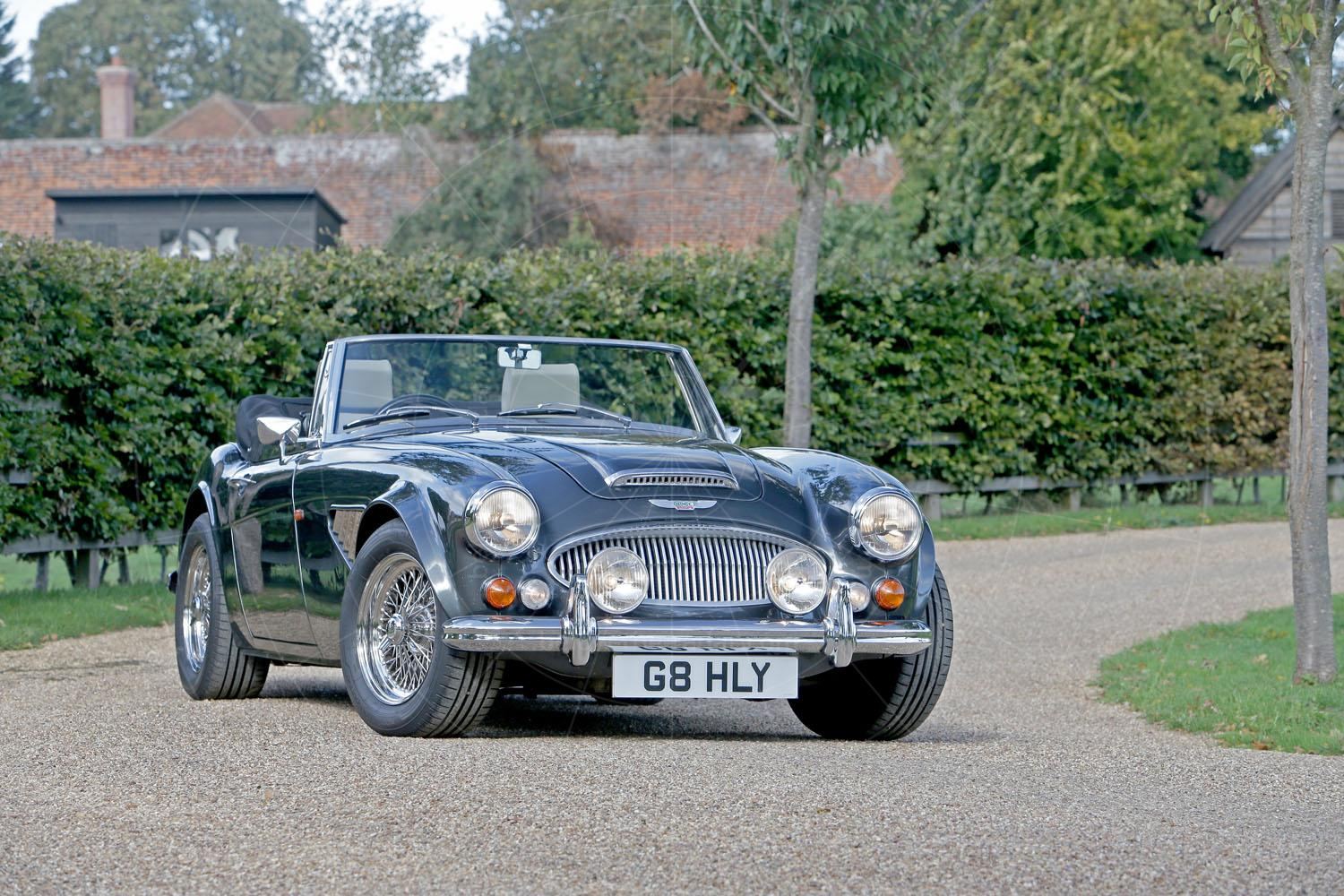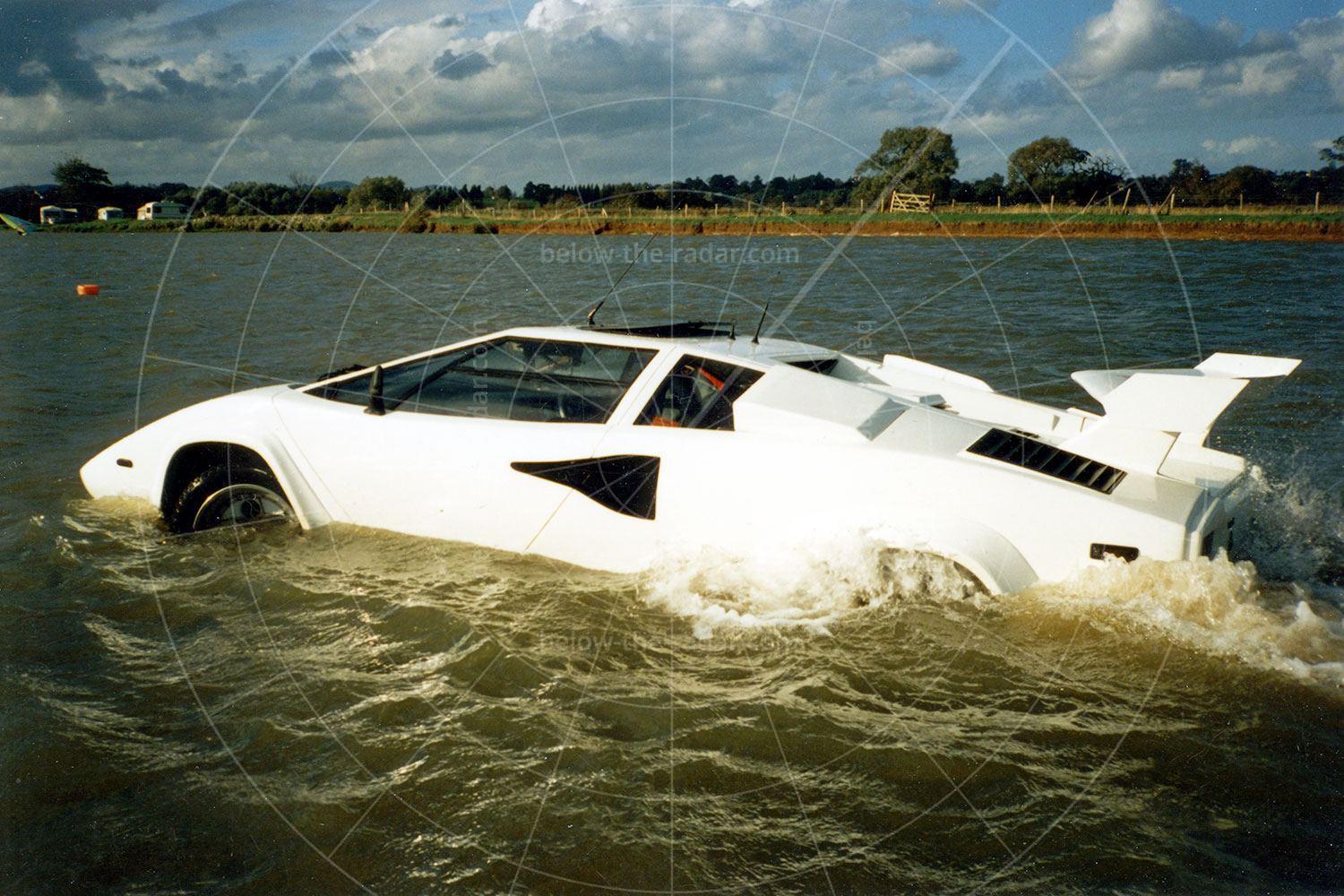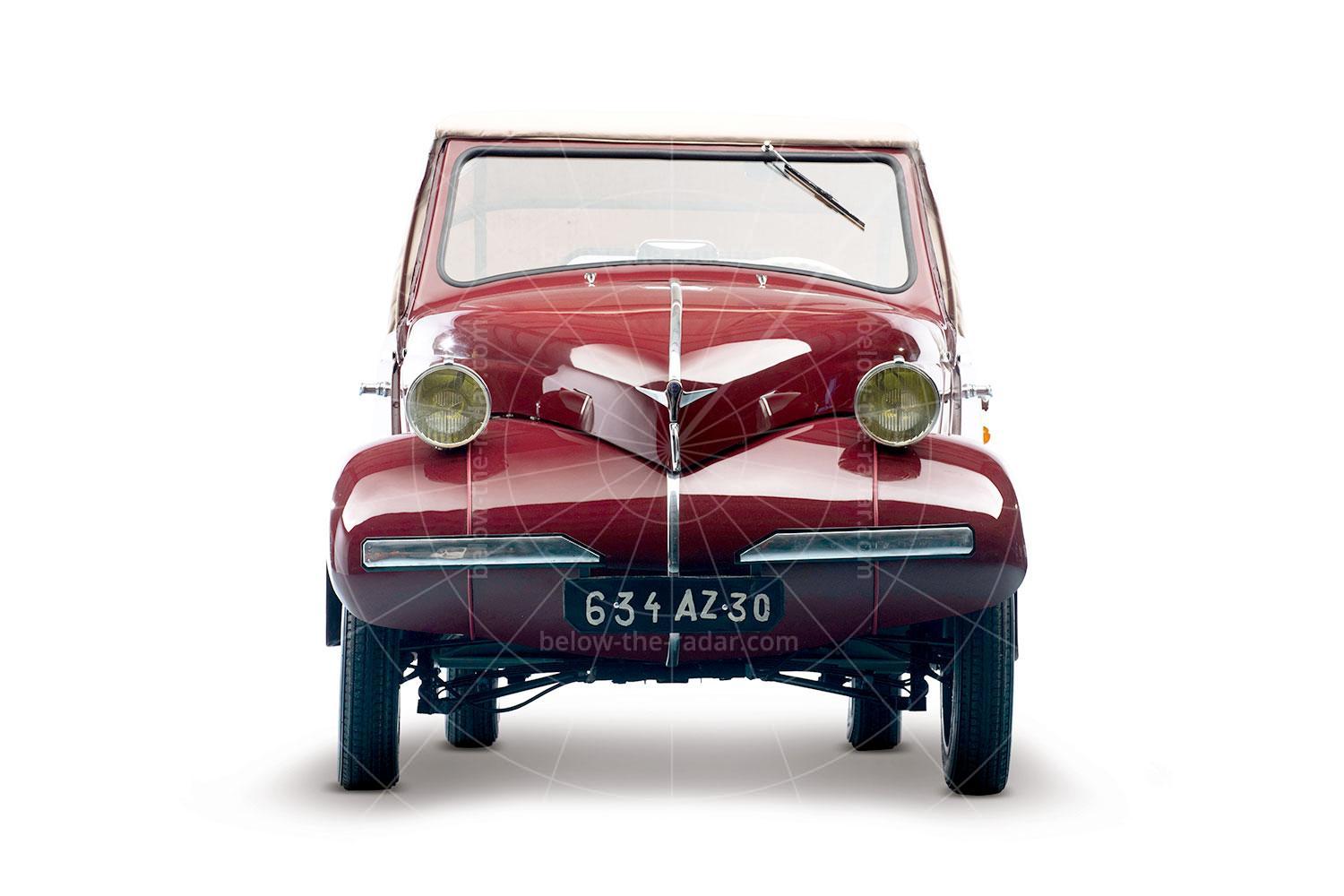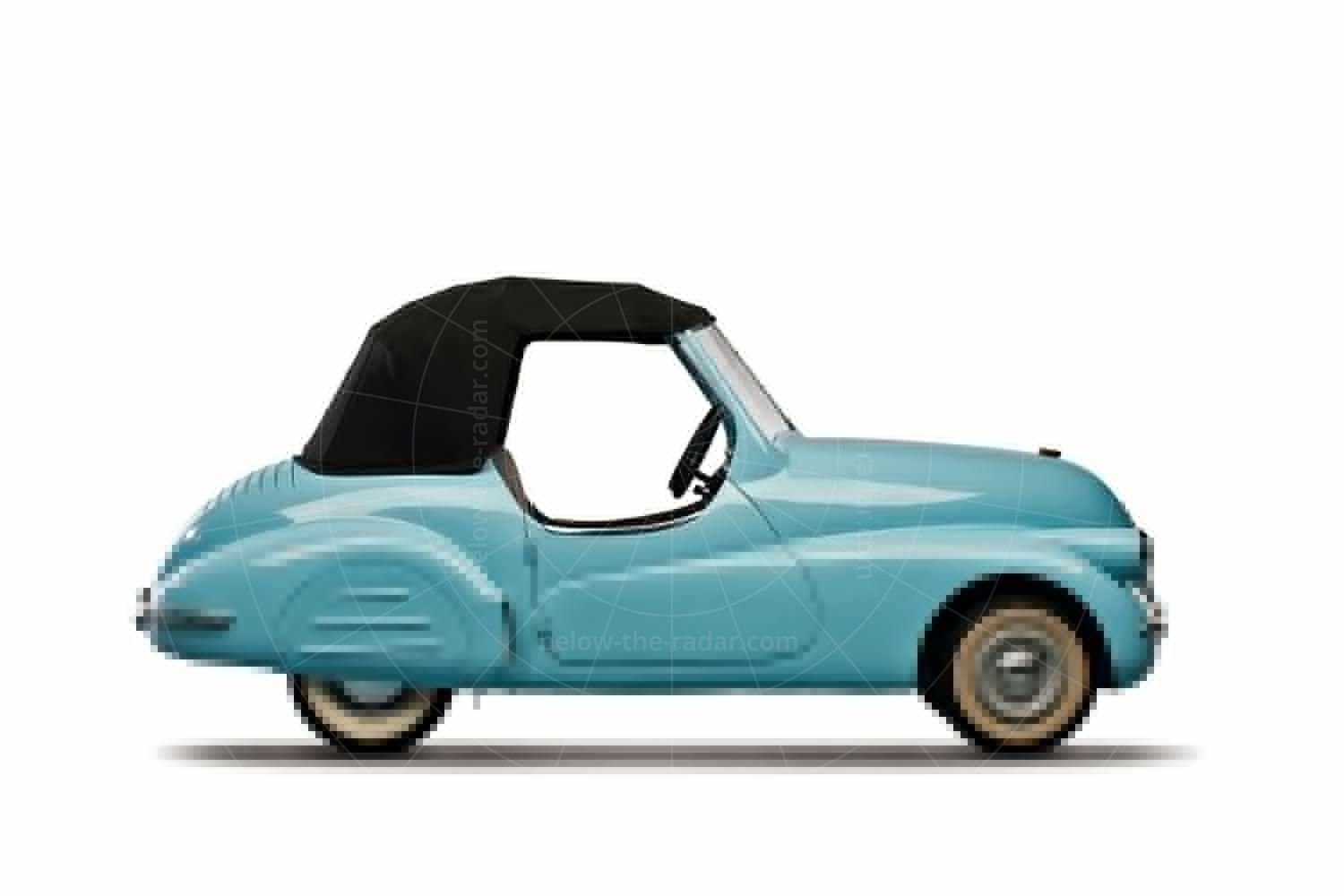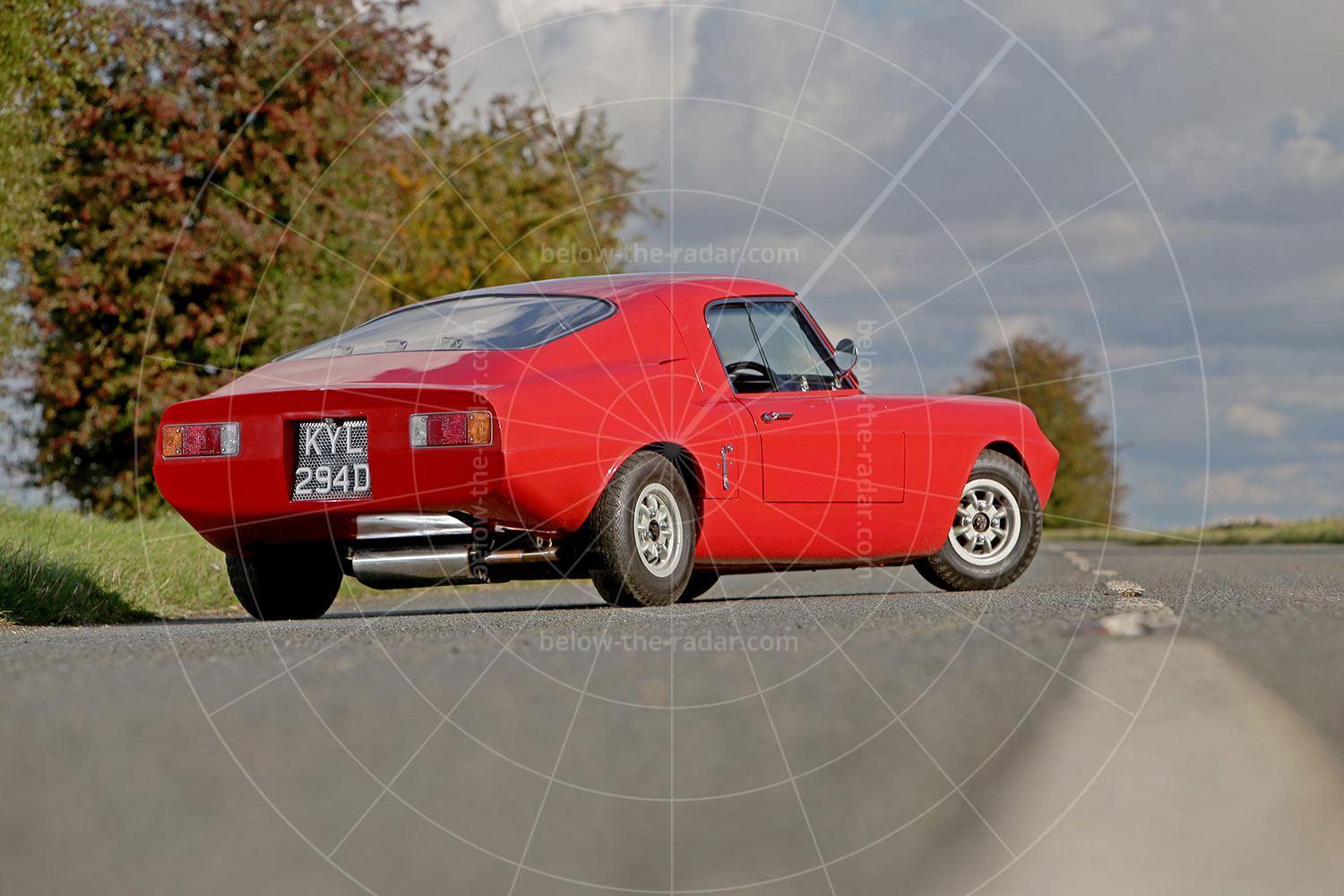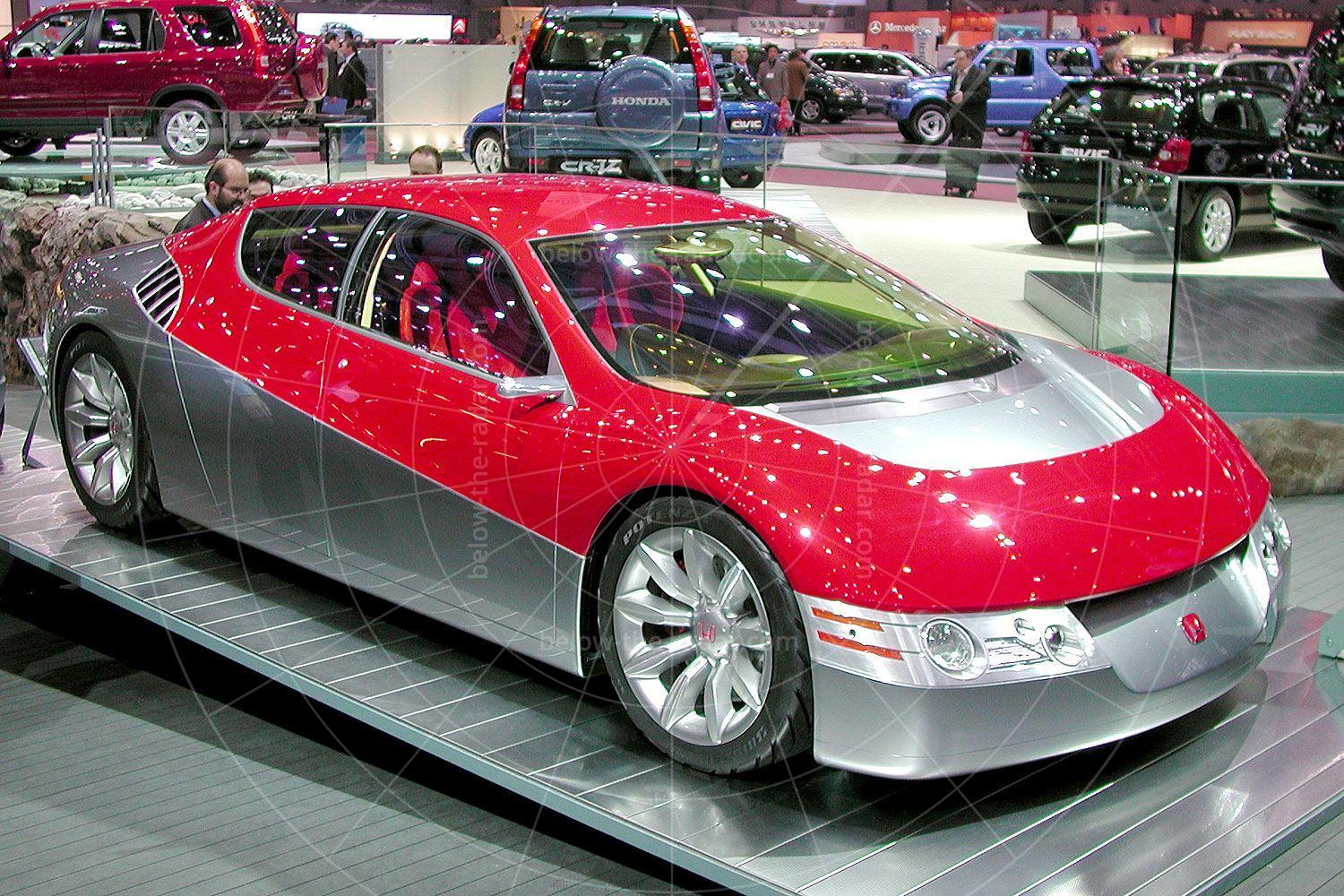Kia hasn’t been afraid to unveil lots of concepts over the years, but most of the company’s early attempts left a lot to be desired stylistically. For a company perceived as very much at the budget end of the market, Kia needed to prove that it had ideas in terms of design and technology, to show that it was going places. But in the early days Kia’s concepts generally only reinforced the view that it couldn’t quite cut it with the big boys.
The appointment of Peter Schreyer in 2006 would prove a turning point for the company; by 2007 he’d already made his mark with the unveiling of the Kee concept. Schreyer had worked for Audi prior to Kia and he was best known for the TT, so he’d already got form when it came to coming up with distinctive designs. The Kee, with its new 'Tiger' nose, signalled a new look for Kia, one which would filter down to its production models soon after.
What the Kee didn’t do was signal the start of a change in direction for Kia. This was a sporting coupé and Kia didn’t really have the image to move into such a niche, even if its cousin Hyundai had been selling coupés for years. However, if the Kee seemed far removed from reality for Kia, the seriously avant garde POP of 2010 went even further.
Everything about the POP was at least unusual, if not futuristic. So while the overall shape and some of the technology it packed were from an era yet to come, the purple interior and chrome exterior just screamed individuality. And while most of Kia’s production cars offered a rather more homogenous design until this point, the arrival of the POP marked the start of some more eye-catching models such as the Sportage and second-generation Picanto. But sadly, nothing like the POP.
Kia had made great strides with its production cars when the POP appeared in 2010. But this new concept was still quite unlike anything ever to grace a Kia showroom. After all, Kia wasn’t in the habit of building chrome-coloured, three-metre-long three-seater city cars with an electric drivetrain, oblong-shaped side windows and tilt-forward doors. Considering how many electric car and/or city car concepts have been built over the years, the POP certainly pushed the boundaries.
The most striking thing about the POP though was the fact that it was a very short wedge-shaped monobox. As Kia explained at the time, it didn’t point to the style of the next generation of its cars, but it looked even further into the future. Interestingly, most of the inspiration for the POP came from outside the automotive sphere, with lead designer Gregory Guillaume taking his cues from lightweight, aerodynamic objects such as gliders and high-speed bikes. As a result the POP’s lines were very clean; instead of rear-view mirrors there were tiny rear-facing cameras at the forward base of each door, which relayed pictures to small screens in the cabin.
If the exterior was uncluttered, the interior was even more so. There were no rows of switches or lines of dials to distract. Instead there was just a single button on the dash, with all other functions, such as the audio, sat-nav and climate control all operated via an animated touch screen display.
While the POP was created primarily to show the creativity of Kia’s European design studios, it was also up to the minute in terms of technology. As a city car minimalism was the name of the game, so it wasn’t packed from bumper to bumper with the latest high-tech gadgetry, although it did feature an ultra-modern drivetrain. At the heart of this was purely electric propulsion; a power source that was starting to gain acceptance in production cars, even if that acceptance was pretty limited.
The motor fitted was a 50kW unit that also offered a useful 140lb ft of torque; perfect for nipping about town in silence. With a 30-minute fast recharge time and a 100-mile range, the POP was more usable than most electric cars, although whether or not the car could be made in electric form at an affordable price was another matter.
The POP’s cabin wasn’t especially well stocked with gadgets, as things were kept pretty simple. However, there was a neat piece of tech for the driver; a small piece of plexi-glass which displayed all the car’s key functions. Known as a TOLED, or Transparent Organic LED, this head-up display was more efficient than the usual design in that it was self-contained and didn’t need a separate projector.
| Vital statistics | |
|---|---|
| Debut | Paris 2010 |
| Design director | Peter Schreyer |
| Chief designer | Gregory Guillaume |
| Engine | Rear-mounted electric motor with 18kWh lithium polymer gel battery |
| Power | 67bhp |
| Torque | 140lb ft |
| Top speed | 88mph |
| Range | 100 miles |
| Charging time | 6 hours |
| Fast charge time | 30 minutes |

